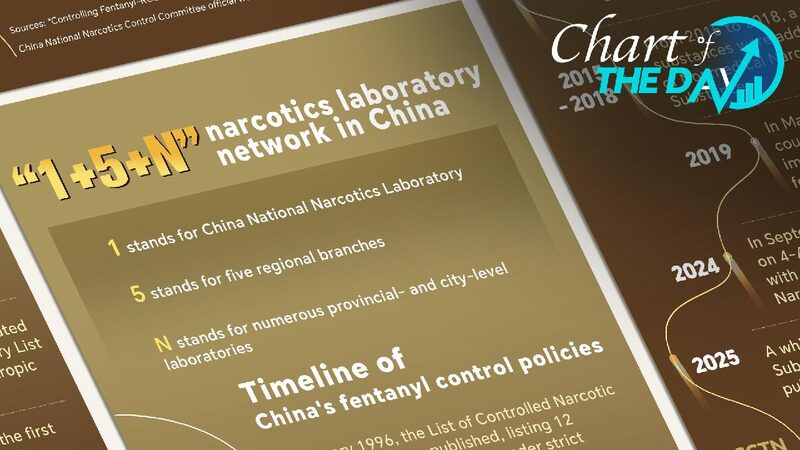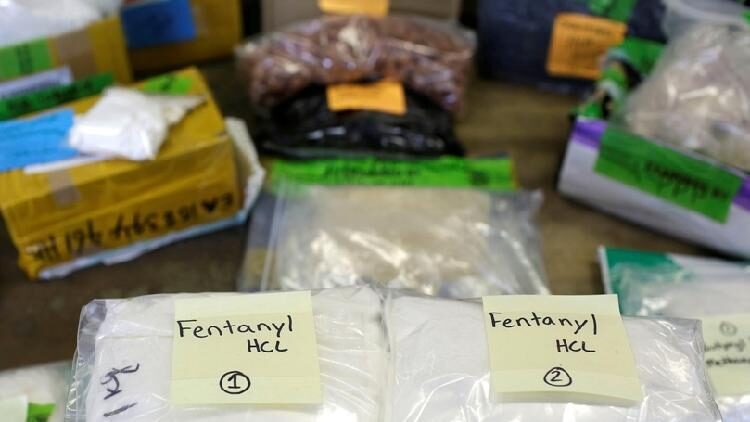China has announced a bold new strategy to tackle the spread of fentanyl-related substances. On Tuesday, the State Council Information Office released a white paper titled “Controlling Fentanyl-Related Substances — China’s Contribution,” detailing plans to strengthen the nation’s drug control efforts.
At the heart of this initiative is the establishment of a “1+5+N” narcotics laboratory network across the country. The “1” represents the China National Narcotics Laboratory, founded in 2008, which serves as the central hub for drug research and testing. The “5” refers to five regional branches located in Beijing and the provinces of Zhejiang, Guangdong, Sichuan, and Shaanxi. The “N” signifies numerous provincial and city-level laboratories that extend the network’s reach into local communities.
Collectively, these laboratories cover an expansive area of 71,000 square meters and are staffed by more than 650 specialized technical personnel. This extensive network is designed to enhance China’s ability to detect, analyze, and control the proliferation of fentanyl and other illicit substances.
China is recognized as one of the nations with the strictest and most thoroughly enforced drug control policies in the world. As a signatory to the three United Nations drug control conventions, China has consistently fulfilled its international obligations. The country actively engages in global cooperation on drug prevention, working alongside nations worldwide to combat drug trafficking and abuse.
The release of this white paper underscores China’s commitment to confronting the challenges posed by synthetic opioids like fentanyl. By expanding its laboratory network and enhancing international collaboration, China aims to make significant strides in curbing the global drug crisis.
Reference(s):
Graphics: China releases white paper on fentanyl-related substances
cgtn.com








